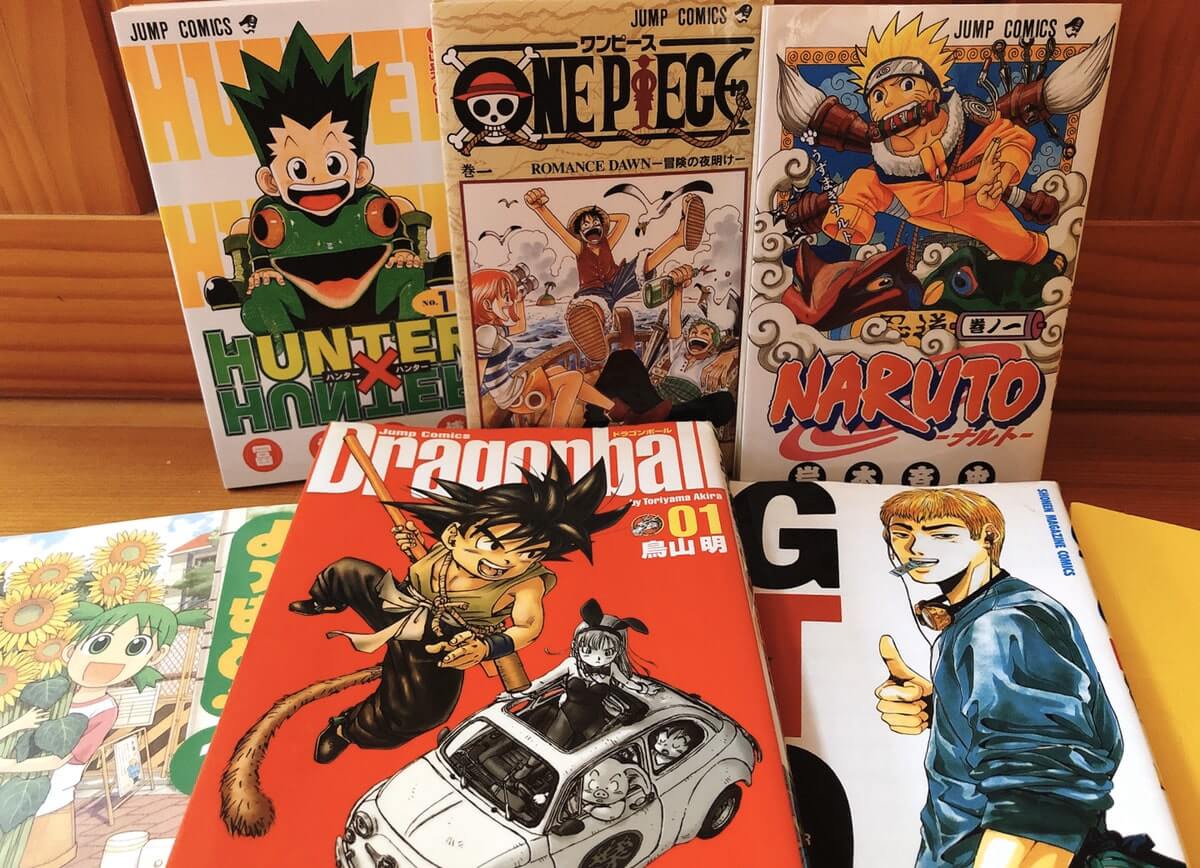Manga and manhwa, yo! These aren’t just comics; they’re portals to epic adventures, crazy romance, and mind-bending sci-fi. Born from different cultures, Japan and Korea respectively, these graphic novel styles have totally exploded globally, captivating readers with unique art styles, storytelling, and cultural insights. Get ready to dive into the wild world of manga and manhwa, where the action never stops and the drama is always next level.
From their distinct origins and artistic differences to their impact on global pop culture, we’ll explore everything from classic shonen manga to the hottest new manhwa series. We’ll unpack the narrative techniques, analyze the cultural significance, and even peek into the future of this booming industry. So grab your favorite snack, settle in, and let’s geek out!
Investigate the pros of accepting jjk manga chapters in your business strategies.
Manga and Manhwa: A Deep Dive into Graphic Storytelling
Yo, comic book fanatics! Let’s dive headfirst into the wild world of manga and manhwa, two graphic novel powerhouses that have totally taken over the global entertainment scene. We’ll break down their origins, styles, and the crazy impact they’ve had on pop culture. Get ready to geek out!
Defining Manga and Manhwa: Origins and Differences
Manga, the Japanese comic book phenomenon, boasts a rich history stretching back to the late 19th century. Early forms were influenced by ukiyo-e woodblock prints and Western comics, evolving into the distinct style we know today. Manhwa, its Korean counterpart, has a more recent but equally explosive rise to fame, gaining significant traction in the late 20th and early 21st centuries.
While both feature sequential art, distinct artistic styles set them apart. Manga often uses bigger eyes and exaggerated features, while manhwa leans towards a more realistic and Western-influenced style, although this is increasingly fluid.
Artistic and Stylistic Differences Between Manga and Manhwa
Think of it like this: manga’s aesthetic is often described as “cute” or “super-deformed,” with emphasis on expressive eyes and dynamic action lines. Manhwa, on the other hand, often features a more detailed and realistic approach to character design and backgrounds, sometimes incorporating Western comic influences. The panel layouts can also differ, with manga sometimes employing more complex and varied layouts than manhwa.
Themes and Genres in Manga and Manhwa

Both manga and manhwa cover a massive range of genres, but some trends emerge. Manga is known for its diverse offerings, from action-packed shonen (boys’) stories to heartwarming shojo (girls’) romances, and everything in between. Manhwa has seen a surge in popularity with genres like fantasy, romance, and action-packed stories. Both mediums also tackle complex themes such as social issues, historical events, and personal struggles.
Publishing Formats: Manga vs. Manhwa
| Feature | Manga | Manhwa | Notes |
|---|---|---|---|
| Reading Direction | Right-to-left | Left-to-right | A key difference impacting the reading experience. |
| Typical Size | Tankobon (pocket-sized) | Varies, often larger than tankobon | Reflects differing publishing conventions. |
| Colorization | Mostly black and white, with some color editions | Increasingly features color, both digitally and in print | Digital publishing is driving color adoption in both. |
| Serialization | Often serialized in magazines before book release | Similar serialization models, often online platforms as well | Both utilize serialized publication for building anticipation. |
So, there you have it—a whirlwind tour through the awesome world of manga and manhwa! From their humble beginnings to their current global dominance, these art forms have totally redefined what comics can be. Whether you’re a seasoned fan or a curious newbie, the vibrant storytelling, diverse genres, and rich cultural influences make manga and manhwa a must-experience for anyone who loves a good story.
Now go forth and explore the endless possibilities!

